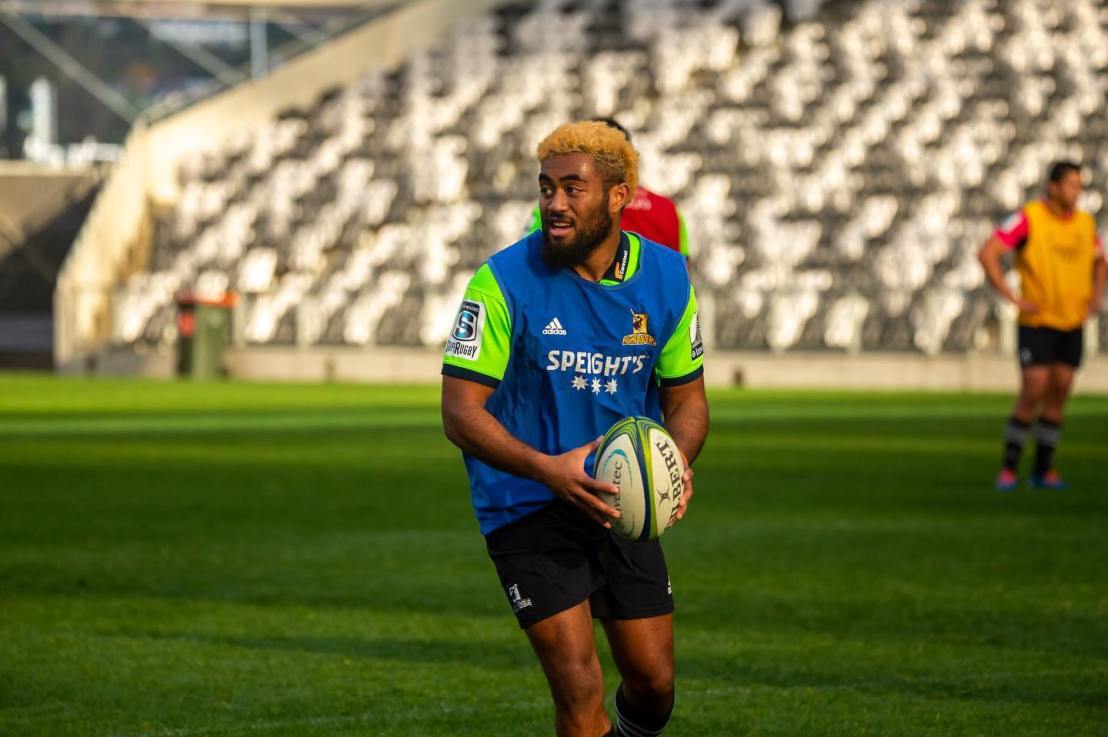Tactical analysis: what rugby can learn from football
Technical and tactical analysis has come to flourish in rugby over the past few seasons, but is still far behind many leading team sports in terms of its detail and clarity. This is partly due to the tactical complexity of rugby relative to sports such as basketball and football: its multiple methods of scoring points bring with them numerous possible strategies to attempt to ‘optimise’ performance, and this adds layers of noise for an analyst trying to establish the signal.
Football’s single mode of scoring allows an analyst to establish a clear framework through which each player’s actions and decisions can be judged: an action’s worth can be determined by the extent to which it has increased its own team’s chances of creating a shot on goal in a high quality location, or decreased the opposition’s chances of doing so. The basis of football strategy is essentially shot creation and shot prevention, but rugby strategy cannot be condensed in the same fashion; rugby’s multiple modes of scoring – and multiple methods of achieving the same scoring action – bring with them more strategic options. One coach may decide that the most efficient way of optimising his team’s performance is by gaining territorial advantage through their open-play kicking game, while another will opt to try and break through the opposition’s defensive line with passing skills and good spacing; a player’s actions and decisions must be judged with reference to this tactical framework to a greater degree than in other sports.
As a result of football’s relative simplicity in this regard, statistical and tactical analysis of the sport has flourished. A player’s passes can be judged based on the quality of shot that they result in, and a team’s attacking shape can be appraised based on the efficiency with which it allows progression of the ball into areas of the pitch where high-quality shots can be taken.
Statistical analysis in rugby is struggling to get past the stage of ‘Player X played well because he carried the ball Y times & made Z tackles’, but potential is there at a team-tactical level: Murray Kinsella’s detailed try analyses show this, as they attempt to take the key elements of a team’s attack and use data to assess them. At a tactical level, there are very few occasions on which we state definitively ‘Team A’s gameplan was to do X and Y in order to cause outcome Z’, using visual evidence to support the thesis, in the manner that sites such as Spielverlagerung can with football.
Continue reading “Super Rugby 2017 preview: Highlanders” →



